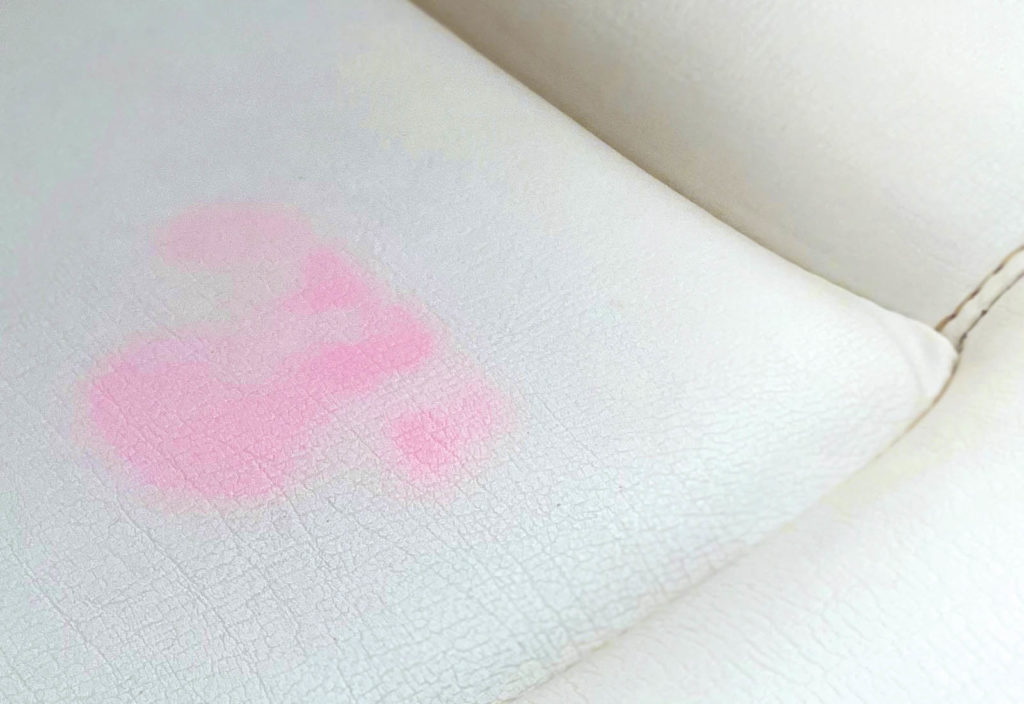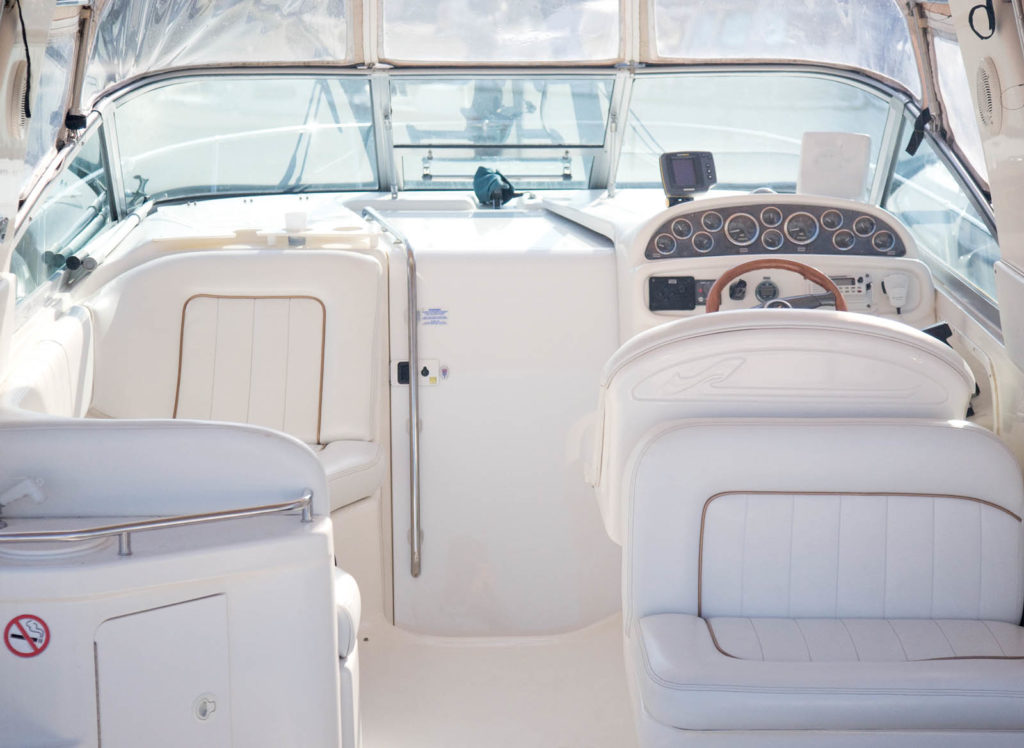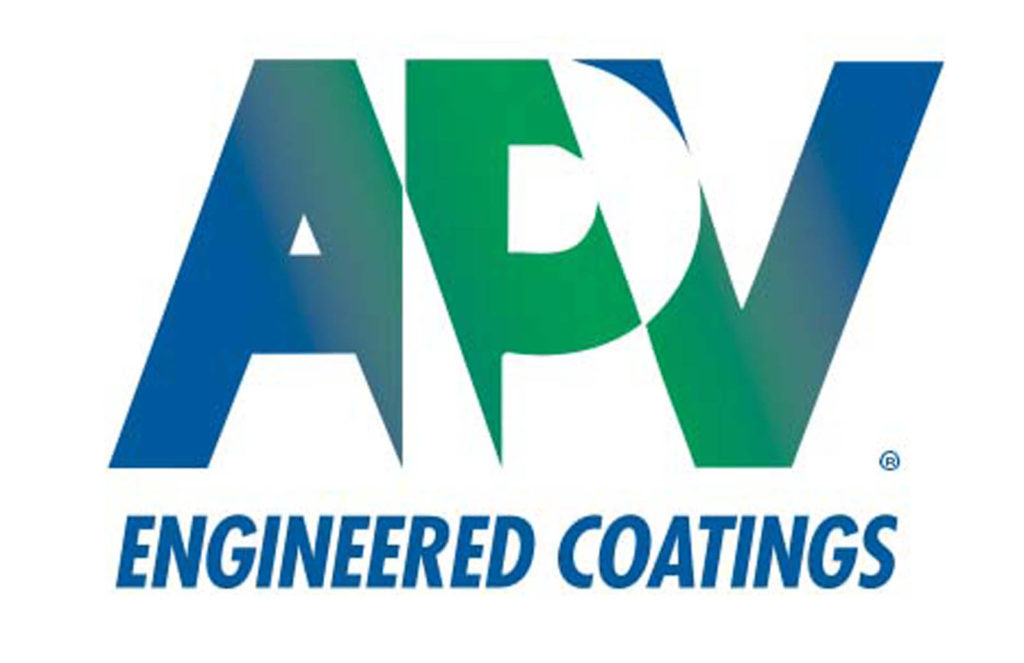
How the right protective coating can prevent pink stain damage on marine fabrics
Pink stain is a common problem on marine fabrics such as seating cushions, upholstery, decking and other vinyl surfaces. Once the stain happens, it cannot be removed. However, there are ways to prevent pink stain in the first place, by sealing the substrate with a protective coating.
What Causes Pink Stain?
Manufactured flexible vinyl is cured with a combination of resin, UV- and fire-resistant performance additives, and plasticizers, whose function is to make the vinyl formulation flexible and pliable. Because the plasticizer is not chemically bound to the resin, it will migrate out of the film over time, leaving the vinyl hard and brittle. That migration also provides a food source for bacteria to grow and is exacerbated under harsh UV and humid environments. The result is pink staining as a byproduct, which fouls and discolors the surface.
There is no conventional way to remove pink stain because the visible dye – created by the bacteria’s metabolic processes – is absorbed into the vinyl and is no longer on the surface. It essentially diffuses into the vinyl along the pathway of plasticizer migration.

OEMS Turn to Antimicrobial Coatings
To prevent pink stain from occurring and extend the service life and aesthetics of marine products, manufacturers of vinyl and fabric products for marine applications are increasingly turning to oven-cured anti-microbial coatings. Coatings provide an extra advantage over incorporating biocides and fungicides in the plastisol formation, because those additives are prone to migration as well, ultimately losing their ability to inhibit microbe growth.
Anti-microbial topcoats provide a concentrated surface finish that can resist film deterioration caused by gram-negative and positive bacteria. Their broad-spectrum activity also can fight against fungi, algae, and yeast. Unlike traditional lacquers, anti-microbial topcoats block the vinyl’s plasticizer from penetrating its protective layer, shutting down the pathway for stains and microbial growth to reach the vinyl substrate.
The most effective anti-microbial topcoats use the power of advanced polymer compositions, high-cross link density and UV inhibitors to exceed industry standards for resisting weathering, shedding dirt, and protecting against stains. Coatings should be highly resistant to abrasions and marring, while matching the flexibility and pliability of the vinyl substrate with soft haptics or hand feel. Thermally resilient anti-microbial topcoats offer the added benefit of being able to be embossed with a pattern after the coating is applied, extending their use to upholstery with aesthetics such faux leather, linen, twill, canvas, basketweave, dotted patterns, and wood grain.
Not Just for Boats
While anti-microbial topcoats are ideal for marine upholstery applications, they also have advantages for other indoor and outdoor applications in wet and humid environments, where moisture, dirt, staining, and microbial contamination are common, including outdoor flooring, umbrellas and sunshades, mass transit seating, wallcoverings, and range of other applications.

By Michael Couchie
Vice President, Sales and Marketing
APV Engineered Coatings
Michael Couchie has decades of experience at APV Engineered Coatings on new product development and sales focused on markets within the industrial fabric and textile industry, among others. Michael’s expertise is in the project management and commercialization of high-performance finishes and lacquers. As Vice President of Sales and Marketing, Michael has successfully implemented many first-to-market, factory-applied technologies for OEMs under the VYNGUARD® brand of advanced coatings. He is an avid boater and has a passion for making upholstery, such as marine vinyl, last longer in harsh environments.

1390 Firestone Parkway
Akron, OH 44301
1 800 772 3452
www.vynguard.com
 TEXTILES.ORG
TEXTILES.ORG


